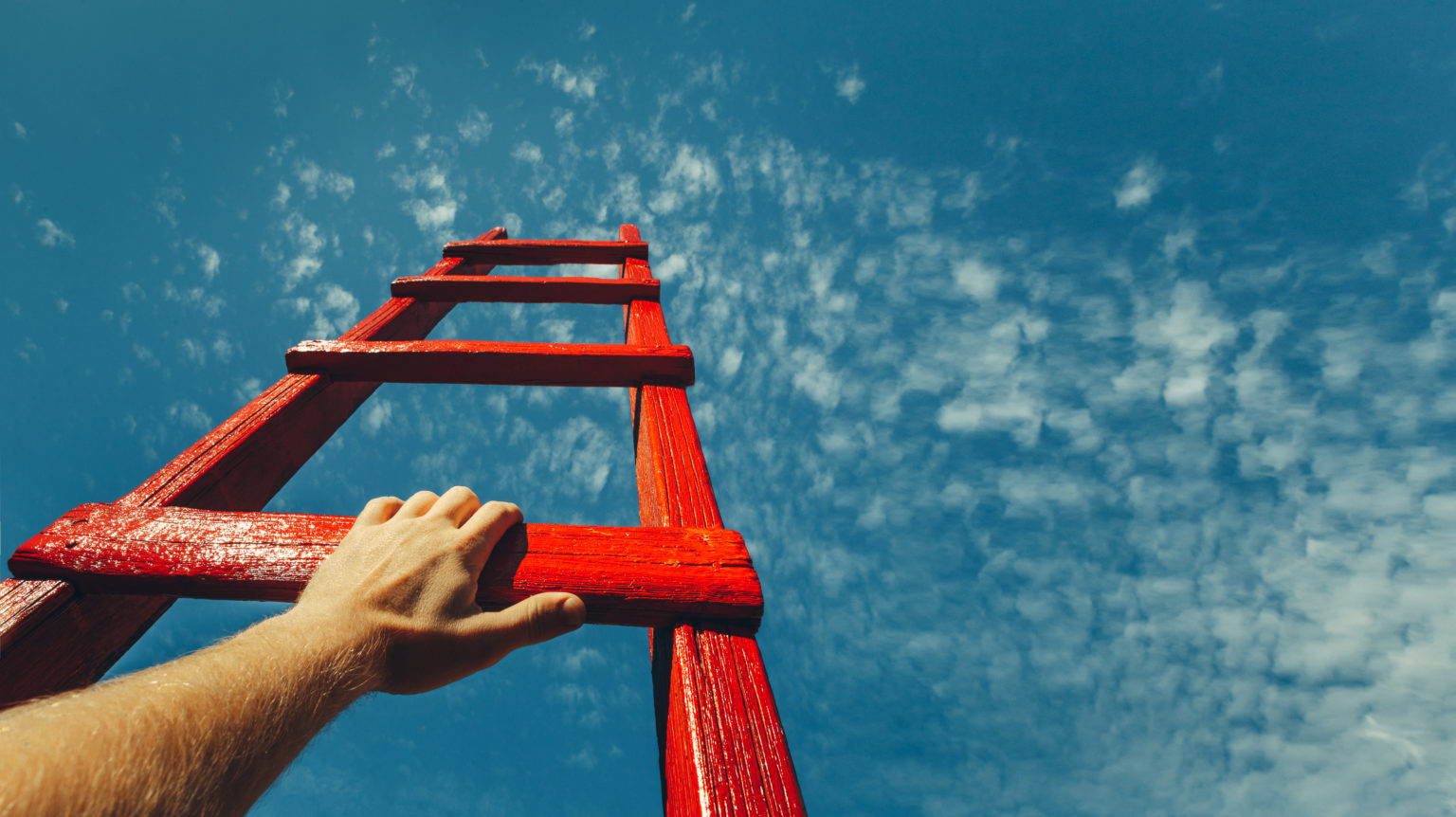In many organizations, a team, not an individual, makes buying decisions. In larger organizations, members of these buyer teams are likely spread across different departments and geographic locations. The tradeshow floor may be the only place—without a big, lumbering appointment—where a team may come together. And this creates a unique opportunity for you to turn up the heat on a warm lead.
But to take advantage of this celestial alignment, you must have the right resources in place. Consider these questions to determine what—and who—should be in your exhibit.
Have you surveyed your lead salesperson?
Some have found that talking with their company’s most celebrated salesperson is a good place to start. If you haven’t already, ask this person to walk you through the sales process. In doing so, he or she should be able to identify what is necessary to bring knowledge, belief and conviction to a buyer team. Then, you can determine, from a practical standpoint, which types of resources need to be in your exhibit. (Bonus: You may also end up with a champion on the sales side.)
How will you show your story?
The tradeshow is your opportunity to show—and not simply tell—buyer teams how your product/service/platform can meet their needs. Knowing the ins and outs of the sales process can help you determine which physical resources will compel buyer teams to action. Will your product be present at your exhibit? Will you provide demos? And, if you offer a service, will you be able to sufficiently prove its benefits? For instance, if you sell worldwide cloud services, will your exhibit allow buyers to have digital access to your platform?,
Is your exhibit conducive to meetings?
Our clients say they’re booking more and more meetings at tradeshows. And because buyers are “shopping” in teams, these meetings often include groups of various sizes. It’s worth noting, however, that the definition of “meeting” has changed; sales discussions are no longer confined to a conference room table. For this reason, it’s important to make sure your exhibit’s “meeting” spaces complement the physical resources you’ve chosen to include, as well as your sales process. Form should follow function: Does it make sense to design a workstation that’s adjacent to your product demo area? Is your sales process best served by walled-off space that offers privacy or a lounge-style gathering spot?,
Who will staff your exhibit?
Making an impression with one or two members of an organization is great, but swaying a team of buyers is what will ultimately turn a prospect into a purchaser. To do this, you need individuals who can expertly answer buyers’ questions and address their needs while authentically conveying your company’s story. In other words, they should be able to eliminate any buying objections buyers may have. The attendance of your company’s sales team is likely a given, but what about your decision-makers and engineers?
Can you leverage technology?
If you aren’t able to staff the right experts, there are other ways to bring them to your exhibit—thanks to technology. With Skype or another video-conferencing application, you can facilitate the conversations necessary to heat up the lead. This technology can be used to connect with your buyers’ key team members, too.
Don’t miss a golden opportunity
For instance, say you’re doing a tradeshow in Chicago to promote your new software platform, and one of your prospects works with a Cincinnati-based team of engineers. The engineers need to weigh in on the compatibility of your platform, so you offer to hold a video conference. Having this kind of technology (and foresight) may not only impress buyer teams but also secure the buy-in you need to fire up the lead.
The tradeshow gives you a rare chance to get in front of the buyer teams. Don’t let it pass you by! Carefully consider the resources that need to be in your exhibit. And get ready to accelerate the sale.

